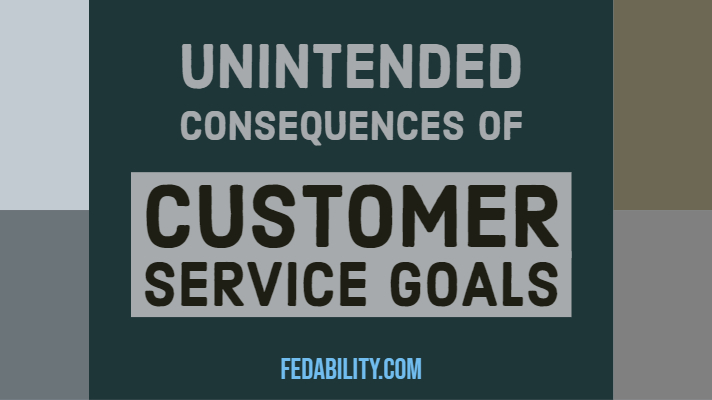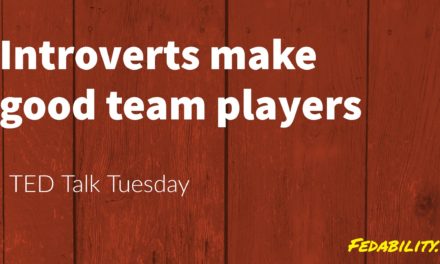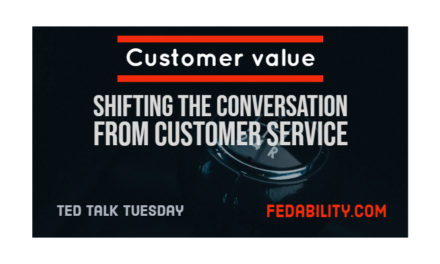Goal setting is effective. But, there’s a risk in goal setting. The risk is, you may reach your goal but not get what you want. In fact, sometime our goal setting is so effective we actually worsen the original situation within unintended consequences.
What the heck gibberish is that? You might reach your goal…but not get what you want?
Let me explain.
Unintended consequences of goals
It’s a commonly known fact that you get what you measure. This is because goals focus effort and stimulate motivation. Less commonly known is that goals do not always result in the outcomes you expect. This is because goal setting actually focuses on a behaviors that are believed to impact the desired goal. In psychology, we refer to this as how we operationalize the problem.
Consider the Cobra Effect.
The Indian government had a goal to reduce the cobra population. They operationalized this goal by incentivized the killing of cobras. To do this, they paid citizens for bringing the skin of a cobra. However, the program actually caused there to be more cobras than when they started the program. This is because the people saw the incentives to kill cobras as a business opportunity to farm cobras.
To be clear, it is not that the Indian government had the wrong goal. The goal to reduce the cobra population for the safety of its people seems reasonable. The problem is how the government operationalized the goal.
More skins equals lower population.
The government did not consider how people might try to maximize how much money they could earn while accomplishing the goal of : more skins, lower population.
Customer service goals
The recent release of the President’s Management Agenda (PMA) has a stated objective of increasing customer service within the federal government. Specifically, it sets out the goals of (page 28):
- Transform the customer experience by improving the usability and reliability of our Federal Government’s most critical digital services
- Create measurable improvements in customer satisfaction by using the principles and practices proven by leading private sector organizations;
- Increase trust in the Federal Government by improving the experience citizens and businesses have with Federal services whether online, in-person, or via phone; and
- Leverage technology to break down barriers and increase communication between Federal agencies and the citizens they serve.
As a result of the PMA, the setting of customer service goals will begin trickling down into all levels of federal agencies.
What could be so bad about trickle down customer service goals?
If these goals are met, government websites will be more useable. And, the websites may be more reliable. The government may transform to be more like private sector companies. We may be more trusted (side note: I don’t see how this actually has anything to do with customer service). And finally, the government may communicate more.
But what is missing in these goals is this: Are the things we are communicating through our useable, reliable, trustworthy websites what the American public needs or wants?
Thus, through the PMA customer service goals we (the government) may be able to demonstrate an improvement in ‘customer service.’ However, meeting the goals won’t necessarily have improved the value of the service we provide. As a result, focusing on these goals (and resulting metrics) may have the unintended consequences. The unintended consequences may be focusing on these metrics will take away time that employees can spend on adding value.
Imagine this conversation:
- Employee: Hey boss, I think the information on our website is really out of date. As a result, people have been submitting the wrong forms. They get really angry when they have to resubmit it. It should only take me about a month to rewrite all the content.
- Boss: I know that we really should rewrite all the content. But right now I have to report on whether we’ve redesigned the interface of the website. We have to report weekly on our progress. Then, I will need you to write monthly reports on our progress. It needs to include the challenges, lessons learned, and plans for the following month. So, we won’t have time to rewrite the content until next year when the interface design is completed.
- Employee: But in the meantime we keep getting angry calls because the information is wrong on the website. I spent nearly a half hour yesterday on the phone with someone who was just yelling at me.. They kept telling me how I was a waste of their tax money. And, another half hour with someone who said I was obviously lazy. Otherwise, I would have updated the information by now!
- Boss: Well, we’ve got to focus on these customer service goals that we’re reporting on. I guess you’ll just have to deal with those calls for another year.
As you can see from the imagined conversation above, focusing only on what makes things easy (in this case the usability of the website) have the unintended consequences of putting emphasis on things that don’t provide as much value to the customer.
In the imaginary situation above, my guess is that people would value accurate content on a website that was difficult to use than a slick website with wrong information.
Even broader unintended consequences…
Another unintended consequence is that the employee’s morale may lower from being yelled at by customers. The lower morale may impact the agency’s Federal Employee Viewpoint Survey (FEVS) results. And, due to the lower FEVS results…additional metrics are added. The additional metrics focus on something other than the impact of the original customer service goals. So on, and so forth.
And, eventually, the employee becomes at risk of resigning.
Customer oriented goals
In a prior post, I talked about how we need to shift from a focus on customer service. Instead, we need to focus on customer value with the presumed bi-product (i.e., positive unintended consequences) of customer services.
In that post, I defined customer value as the benefit (perceived or real) that a customer receives relative to the alternatives or the costs associated. Conversely, customer service is defined as the support offered (before, during, and after purchase or use of product) that helps them have an enjoyable, easy, or positive experience with you.
What is tough about convincing someone in the government that customer value is important, is that it rests on the premise that the ‘customer’ has an alternative. Yet, for most of the services the government provides – there is no competitor.
Additionally, customer value goals are more complex. They can be more difficult to measure.
Next week, I will offer examples of how to create customer service goals versus customer value goals. I will also introduce the concept of customer oriented goals. The goals are even more complex and difficult to measure than customer value goals. However, I think you will see they are worthy of consideration.
In the meantime, consider these customer value questions:
- What is the benefit of working with you or your team versus some other person or team?
- What problems do your customers have related to whatever service you provide?
- Is there unique knowledge or skill in your team have that could be used to improve whatever service your provide?
Using the answers to these questions, you can begin thinking through what kinds of activities and goals that can be set.
In the meantime, check out our some of our other posts on customer service:





